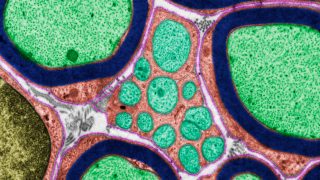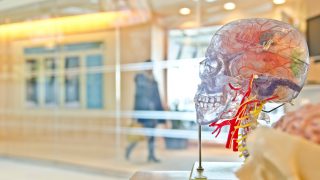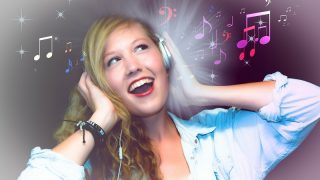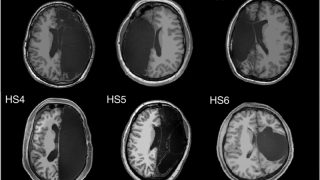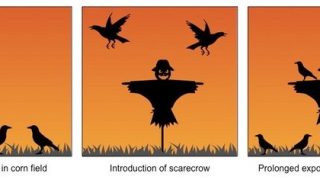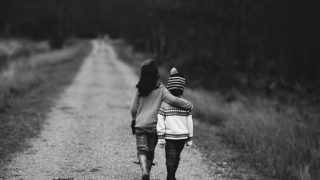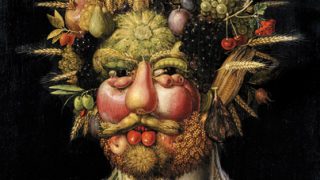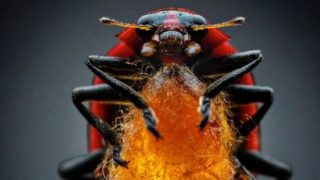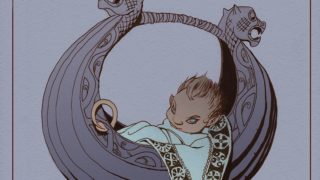
The changelings: fairy tales about autism?
“So the goblins came. They pushed their way in and pulled baby out, leaving another all made of ice” Maurice Sendak, Outside over there. Fairy tales are stories, often with an evolution of centuries, that form a mutable and difficult to define genre, with a close relationship to folk tales. The functions of fairy tales […]
